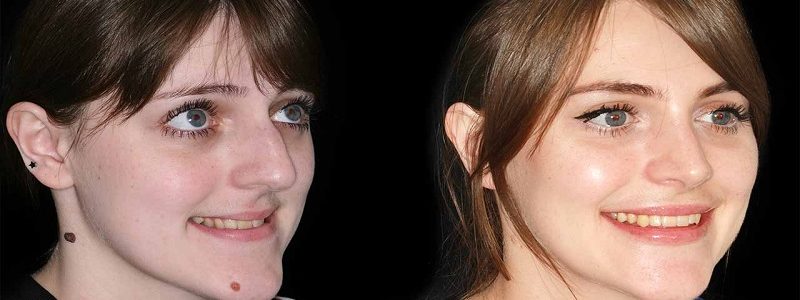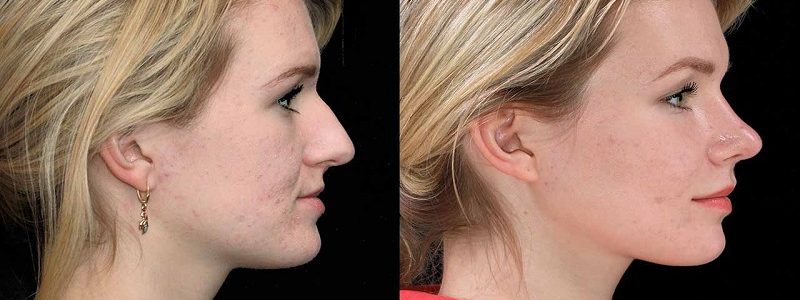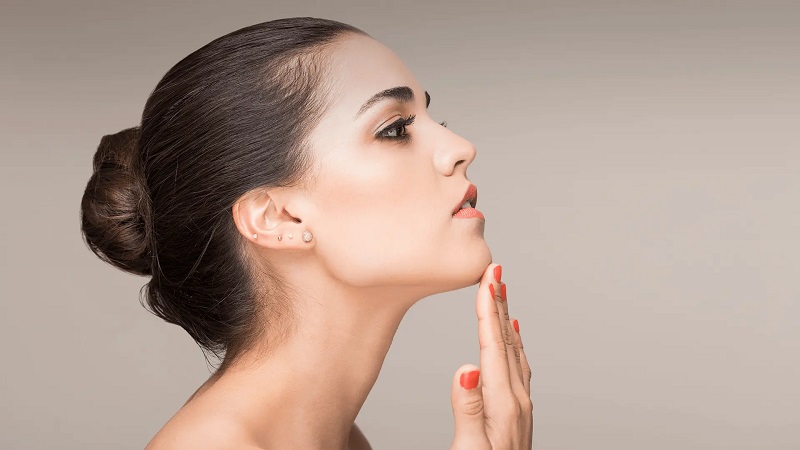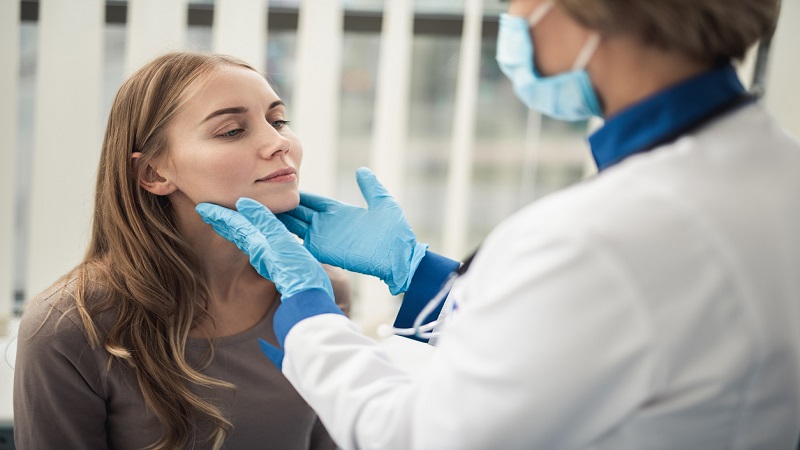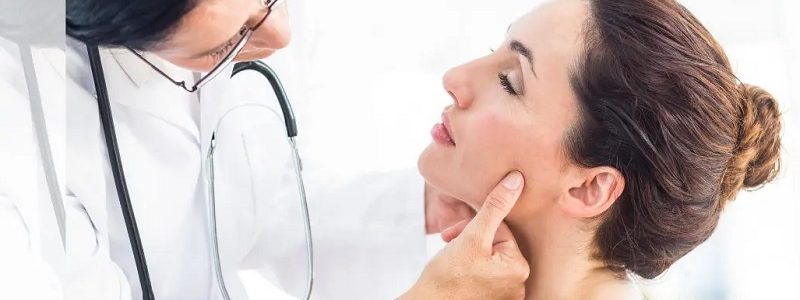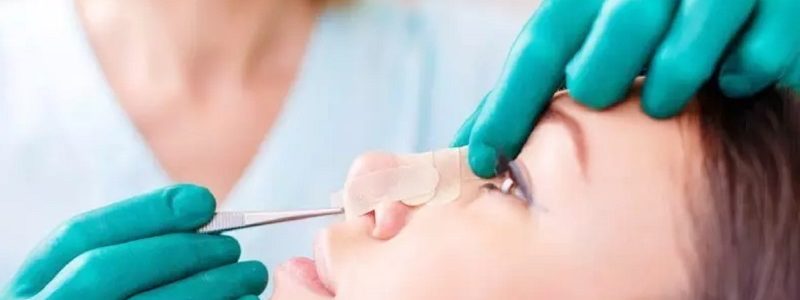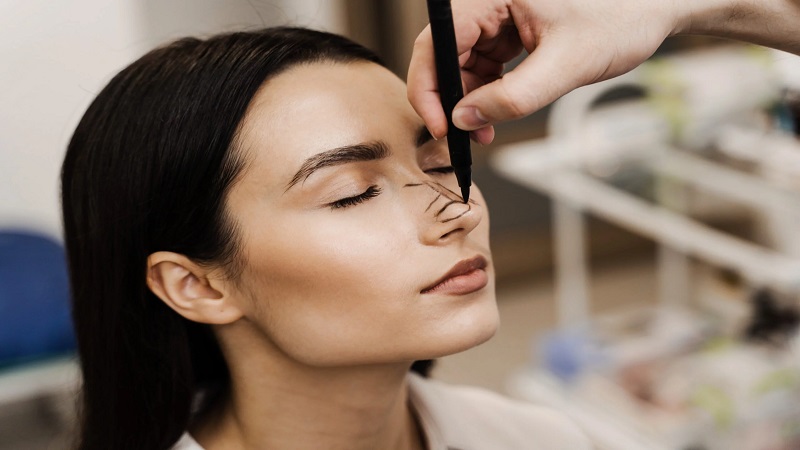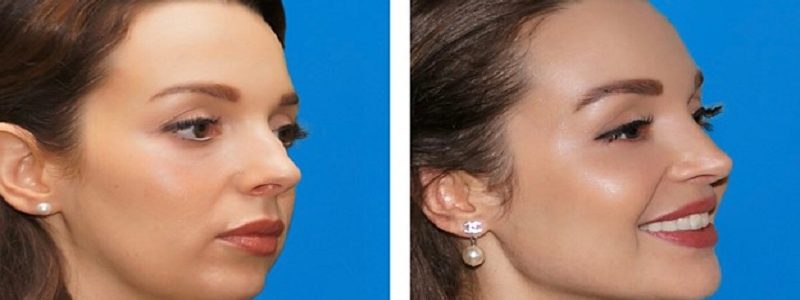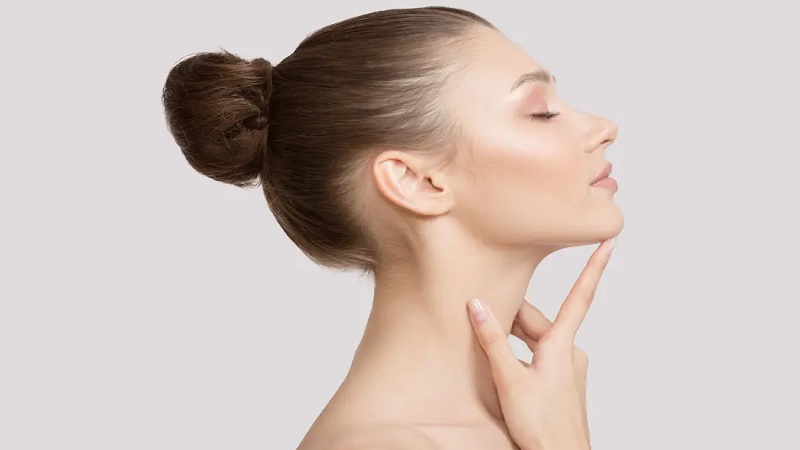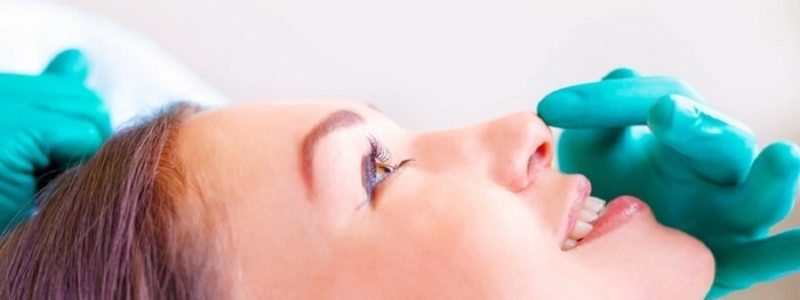Improve facial beauty | Jaw surgeon of Isfahan
Jaw surgery, or orthognathics, is a type of surgery that is performed to correct structural abnormalities of the upper and lower jaw.. These abnormalities can lead to various problems such as problems in chewing, breathing, speaking, as well as cosmetic problems in the appearance of the face..
The effect of jaw surgery on facial beauty:
Jaw surgery can significantly improve the appearance of the face and give a person a more proportionate and harmonious appearance.. This effect is achieved in several ways:
1. Correction of facial asymmetry: Abnormalities of the jaw can lead to facial asymmetry. Jaw surgery helps to create balance and symmetry in the face by correcting the position of the upper and lower jaw.
2. Improve facial profile: A face profile is a side view of the face. Abnormalities of the jaw can lead to excessive depression or prominence in the chin, jaw, and nose area.. By correcting the position of the jaw, jaw surgery helps to improve the facial profile and create a more proportionate appearance.
3. Improve the fit of facial features: Different parts of the face such as the nose, lips, cheeks and chin should be in proportion to each other to create a beautiful and harmonious appearance.. Abnormalities of the jaw can disrupt this fit. By correcting the position of the jaw, jaw surgery helps to create a better fit between the components of the face and improve the overall beauty of the face.
4. Smile improvement: Abnormalities of the jaw can affect the position of teeth and a person's smile. Jaw surgery helps to improve the smile and create a more attractive appearance by correcting the position of the jaw.
5. Improve self-confidence: Many people experience a decrease in self-confidence due to jaw abnormalities and its effect on the appearance of the face. By improving facial appearance, jaw surgery can help increase self-confidence and improve people's quality of life.
Types of jaw deformities that can be corrected with surgery:
- Occlusion (Anomaly in the way the teeth are placed): This problem can be caused by an asymmetry in the upper and lower jaw, leading to problems with chewing, speaking, and cosmetic problems..
- Prognathism (Prominence of the lower jaw): In this malformation, the lower jaw is too forward and leads to a disproportionate appearance of the face.
- Retrognathism (Lower jaw depression): In this malformation, the lower jaw is pushed back too far, leading to a disproportionate facial appearance and breathing problems..
- Cross bite (Abnormality in the placement of upper and lower teeth): In this malformation, the upper jaw teeth are placed behind the lower jaw teeth and lead to chewing problems and facial aesthetics..

Uses of jaw surgery to improve beauty:
- People who suffer from facial asymmetry due to jaw abnormalities.
- People who are unhappy with their disproportionate face profile.
- People who are looking to improve the fit of their facial features.
- People who are unhappy with their inappropriate smile due to jaw abnormalities.
- People who have decreased self-confidence due to jaw abnormalities.
Procedures of jaw surgery:
1. Evaluation and planning: The expert surgeon designs the surgical plan by carefully examining the structure of the patient's jaw and face.
2. Surgery: At this stage, the surgeon corrects the position of the upper and lower jaw using surgical techniques.
3. Convalescence: After surgery, the patient needs a recovery period to achieve complete recovery. During this period, the patient should use a soft diet and avoid heavy activities.
important points:
- It is very important to choose an expert and experienced surgeon in this type of surgery.
- The patient should be fully informed about the risks and possible complications before the surgery.
- The patient should have realistic expectations of the surgery.
- Following the surgeon's instructions carefully after surgery is essential for a quick and complete recovery.
Conclusion:
Jaw surgery It can play an important role in improving facial beauty and increasing people's self-confidence. By correcting the structural abnormalities of the jaw, it can help create a more proportionate, harmonious and attractive appearance.. But before performing this surgery, it is necessary to consult with an expert surgeon and be fully aware of the possible risks and complications.
Tip: This article is for informational purposes only and is not a substitute for consultation with a specialist doctor. For more detailed information and surgical planning, be sure to consult your specialist surgeon.
Useful links:
Isfahan nose surgeon _ Jaw surgeon of Isfahan
Dr. Behnam Khorrami's page in the clinic 24 | Maxillofacial surgeon in Isfahan clinic 24 | Nose surgeon in Isfahan clinic 24
Dr. Behnam Khorrami, nose surgeon in Isfahan at Dr. Af | Maxillofacial surgeon in Isfahan at Dr. Af | Isfahan nose surgeon at Dr. Af
